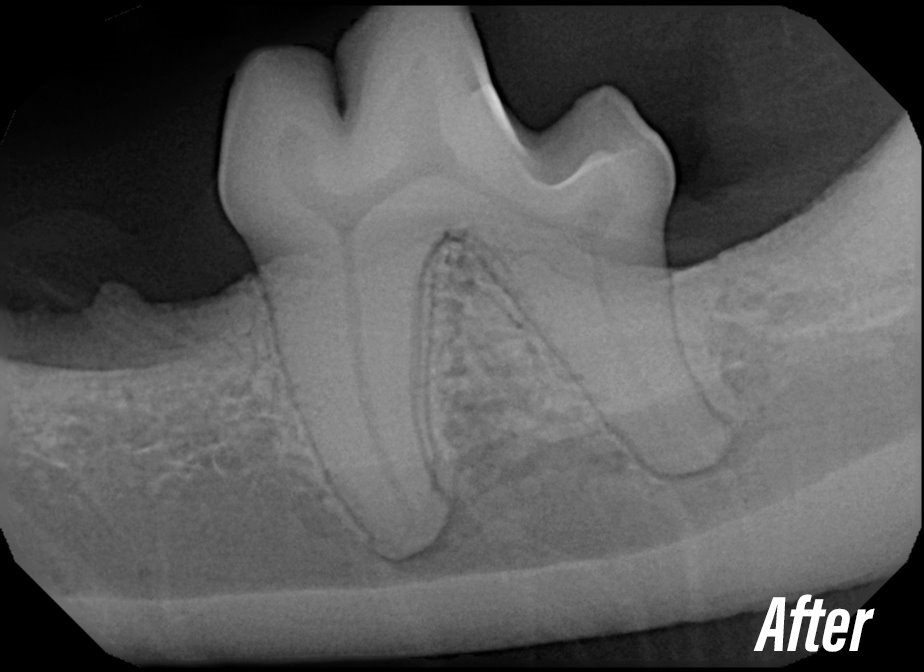80% of dogs and 70% of cats over the age of 3 have some form of oral disease. Maintaining good oral hygiene is equally as important for our companions as it for us humans. Your pet’s teeth should be brushed daily to avoid gum disease, but even with regular brushing it is necessary to have their teeth cleaned (scaled and polished) by a professional from time to time.
Signs Of Periodontal Disease:
- Bad breath
- Behavioral changes
- Bleeding from mouth
- Chewing on one side of the mouth
- Dropping food
- Drooling
- Loss of appetite
- Pawing at face
- Red or irritated gums
- Refusing to chew on toys
- Refusing to drink cold water
- Refusing to eat hard food
- Shying away when face or head is petted
What Are The Changes Seen With Dental Disease?
The process starts when soft plaque hardens into rough tartar. Tartar irritates and inflames the gums, resulting in a condition called gingivitis. Gingivitis can lead to an infection called periodontal disease, which can cause bleeding gums, loss of teeth, and if left untreated, infection in the heart or kidneys. Gingivitis and periodontitis also make it painful to eat. Therefore, your pet could lose weight or even become anorexic. To avoid progressions of advanced gum disease, it is important to have your pet’s teeth checked regularly by your veterinarian.
Stage 1: Early Gingivitis
Minor irritation and swelling of the gingiva, the part of the gum around the base of each tooth. Plaque covers the teeth. Treatment can reverse this condition.
Stage 2: Early Periodontitis
Infection has likely set in and the entire attached gum line is irritated, bright red, swollen and possibly bleeding. The mouth is sore and painful, which can affect eating and behavior. Tartar, plaque and bad breath are persistent and bone loss beneath the gumline has likely begun. Periodontitis has started to set in and may be irreversible.
Stage 3: Advanced Gingivitis
The entire attached gum line is irritated, red and swollen. Plaque and tartar are more noticeable, as is bad breath. Professional dental cleaning and home care can prevent this from becoming irreversible.
Stage 4: Established Periodontitis
Chronic infection is actively destroying the gums, teeth and bone, and purulent discharge is likely. Bacteria may spread through the bloodstream and damange other important organs such as the heart, kidneys and liver. Stage 4 typically requires many extractions due to tooth instability and bone loss, and is likely not reversible.
How To Brush Your Pet’s Teeth
It is important to establish a pleasant routine for you and your pet. Start your home dental care program slowly and pick a time when you are both relaxed. Do not push to the point of agitation. Begin by simply handling your pet’s mouth for several minutes a day, go slowly, be affectionate and possibly use a treat as a reward. Start by just handling the face, then the lips, and soon you will be able to rub the teeth and gums with your finger. Try a few drops of water flavored with garlic. Cats may prefer tuna juice. Using a soft pediatric toothbrush, brush the teeth. Use the flavored water, tuna juice or animal toothpaste. Concentrate primarily on the lip and cheek side of the teeth. Brush gently in a circular motion, holding the toothbrush at a 45 degree angle. Increase the number of teeth brushed each time until your pet accepts the routine willingly


